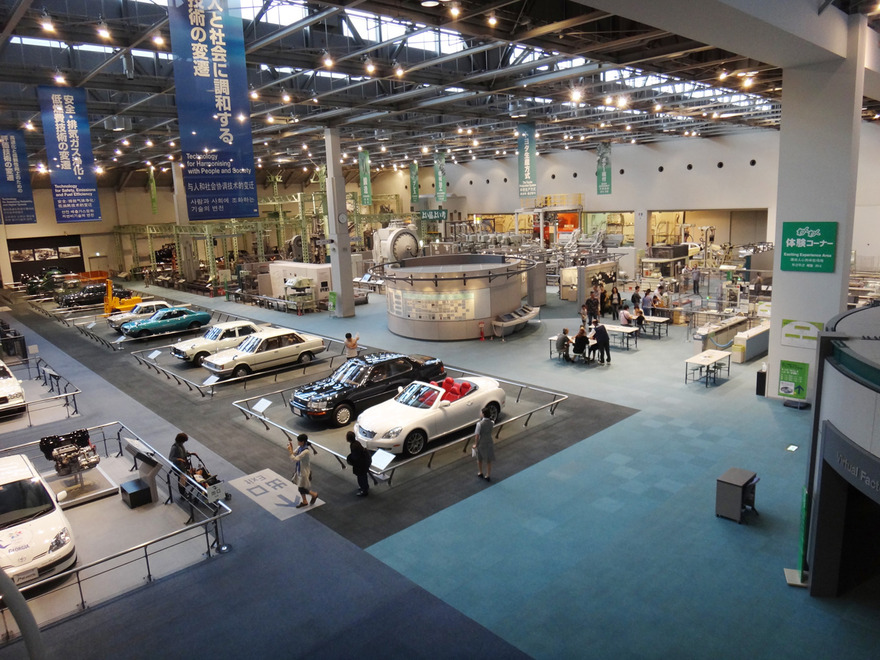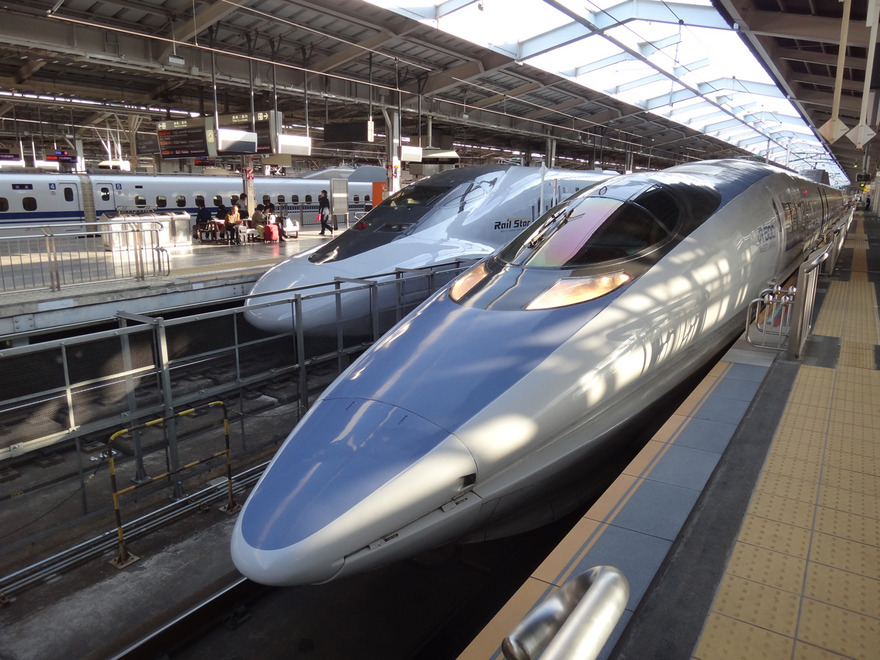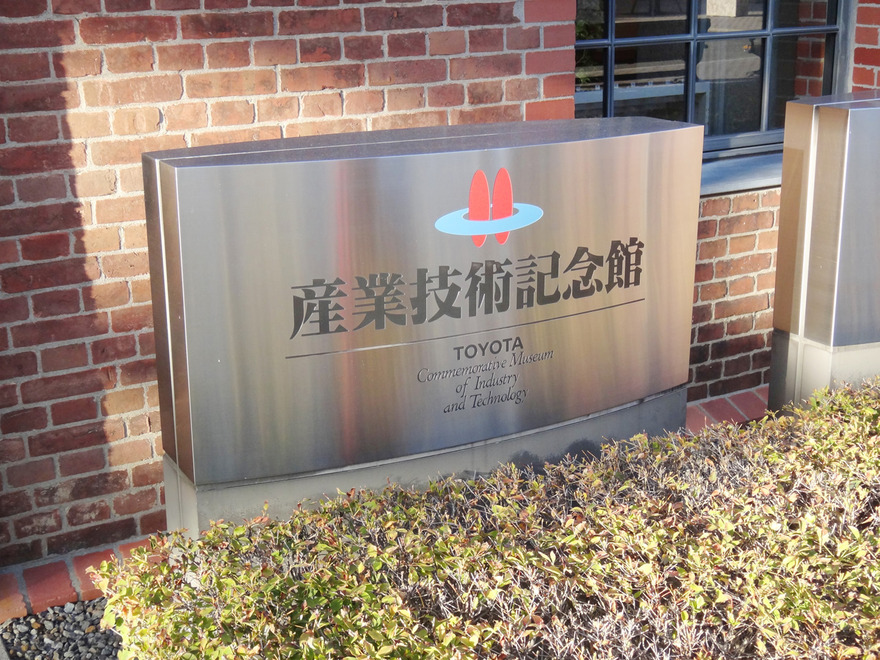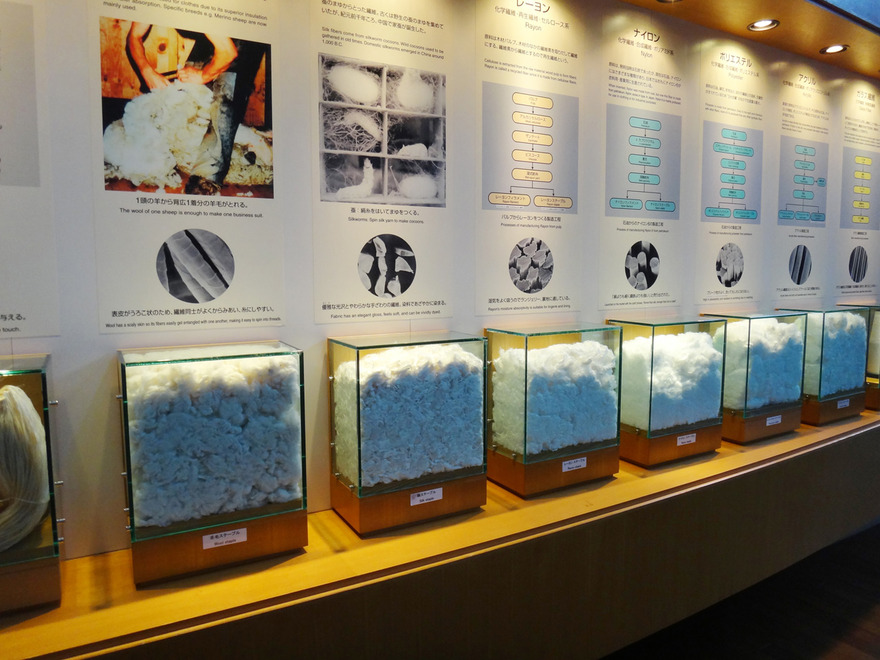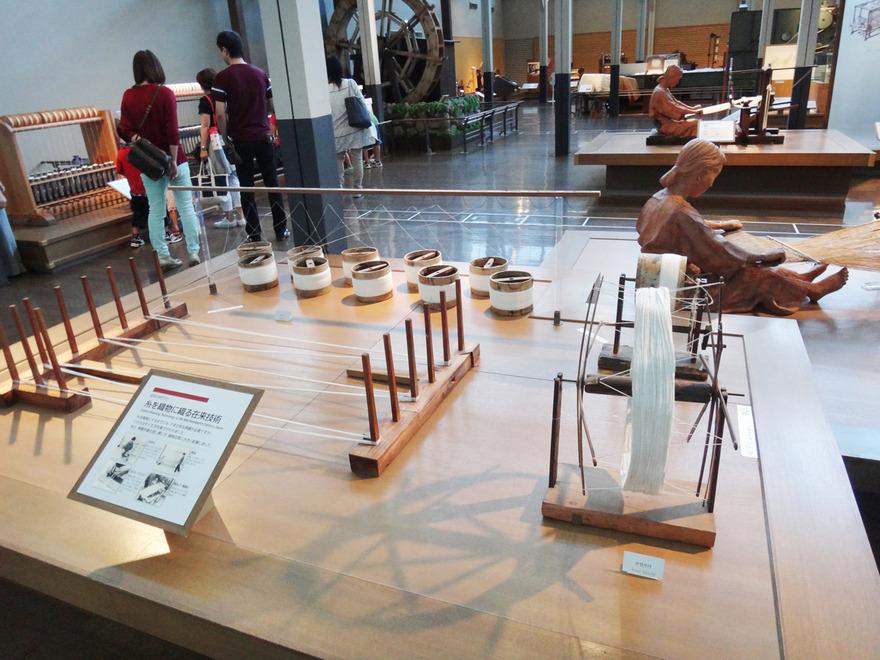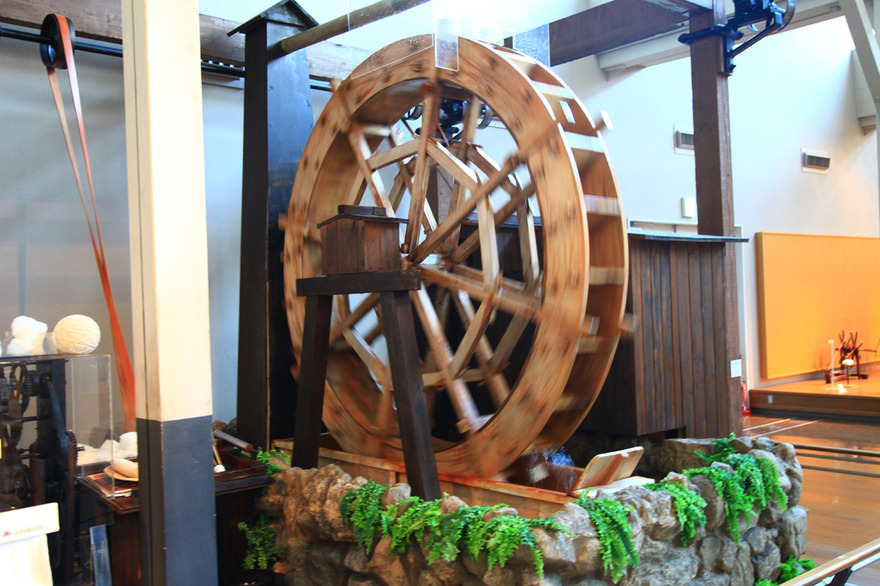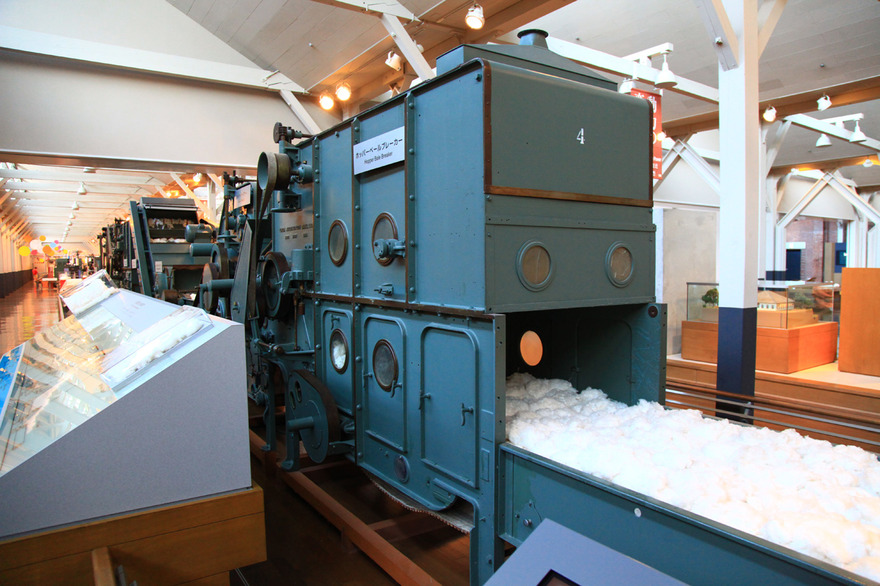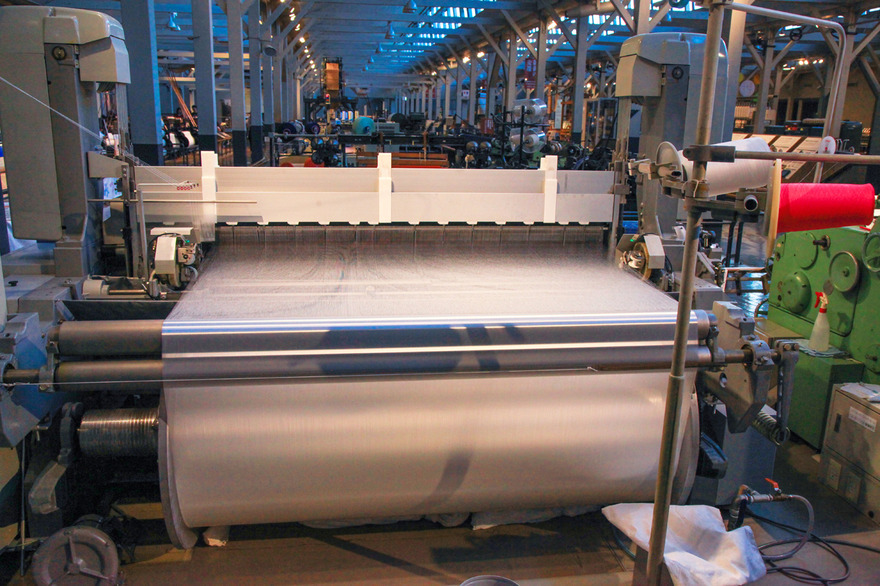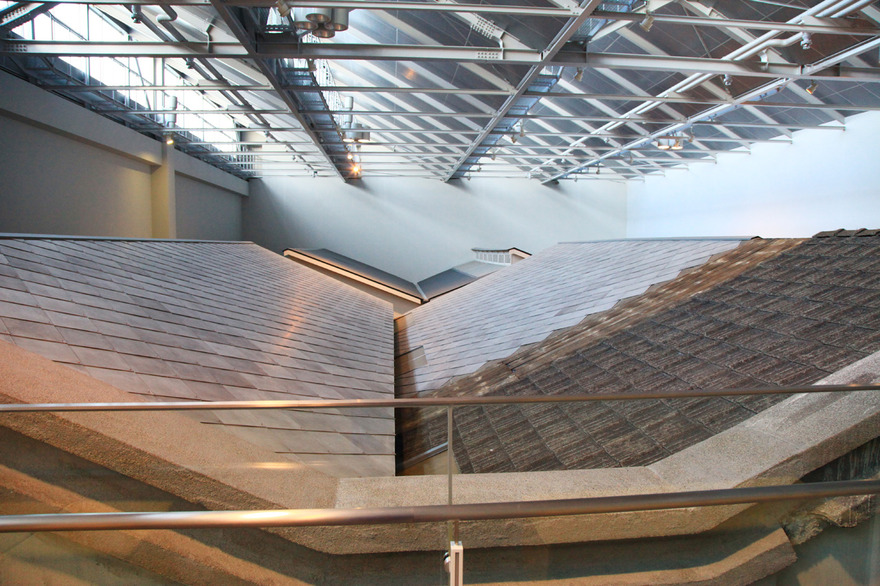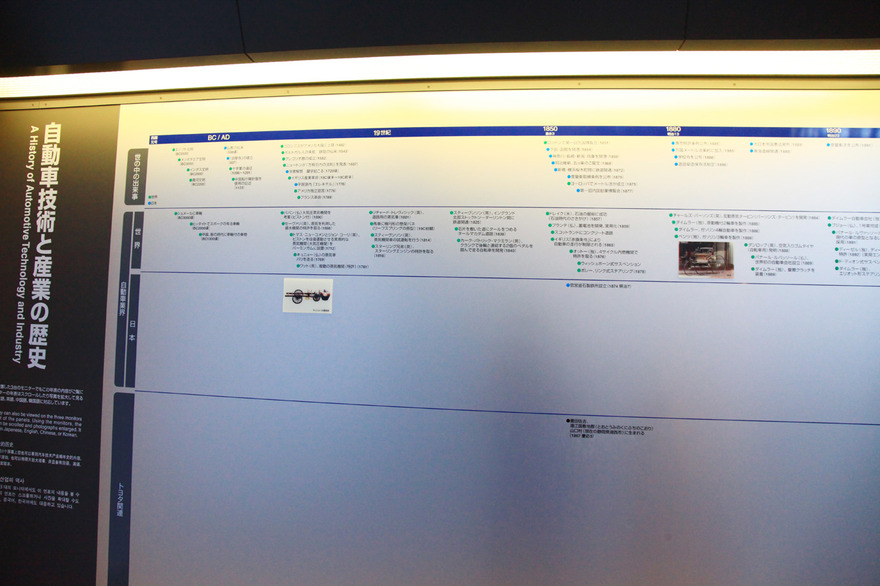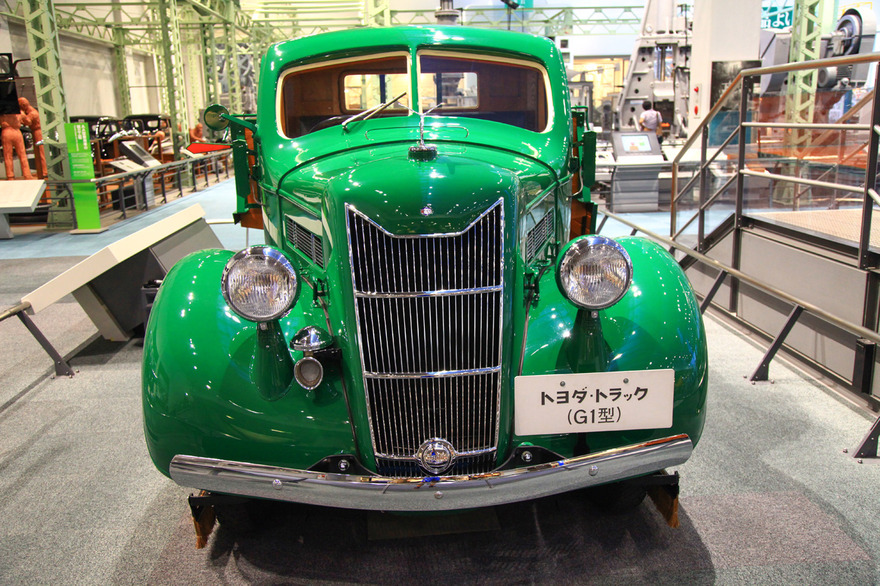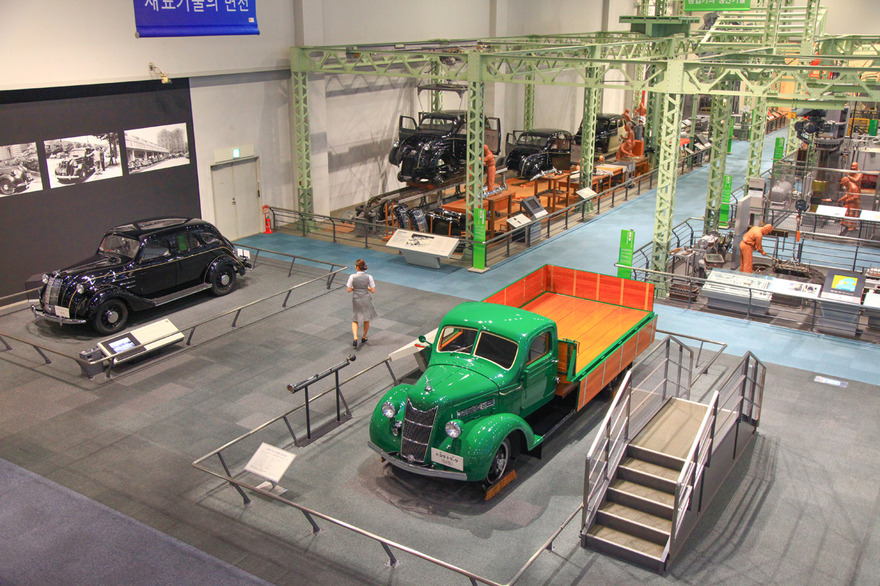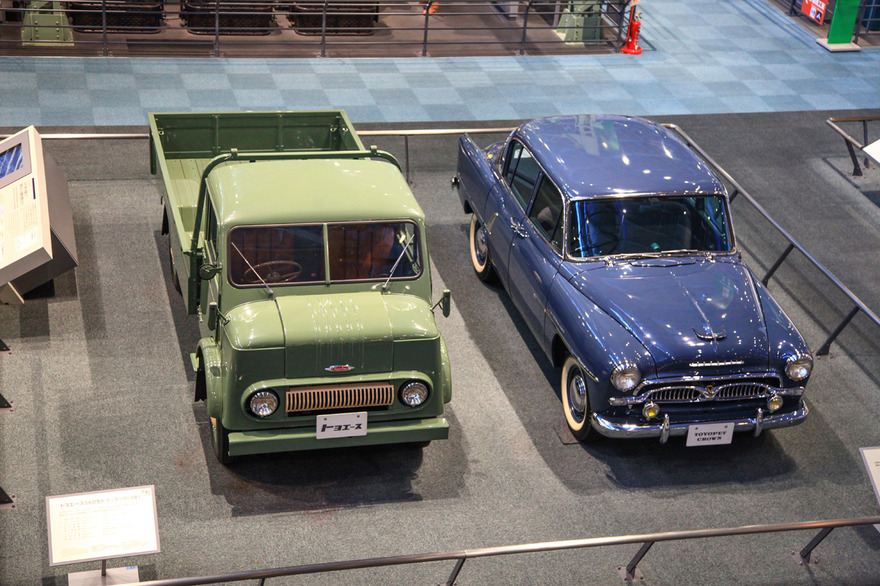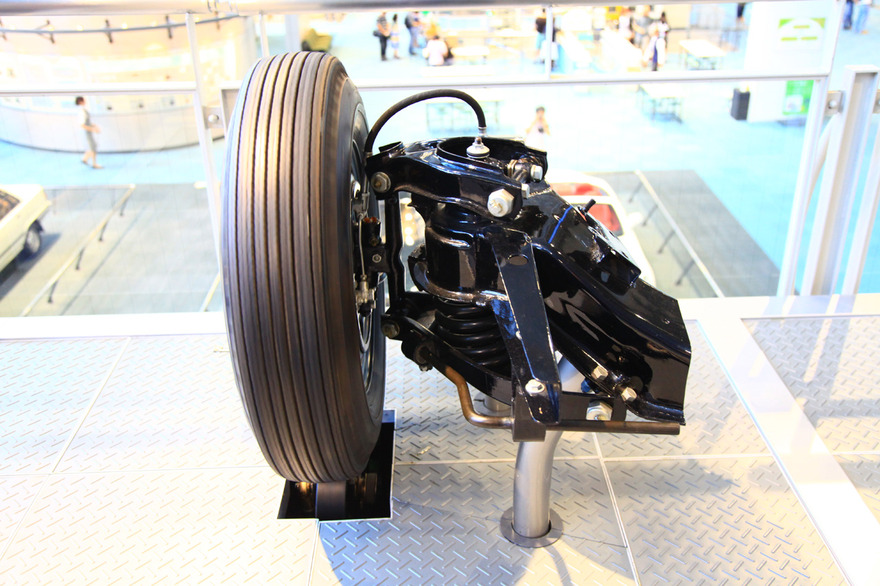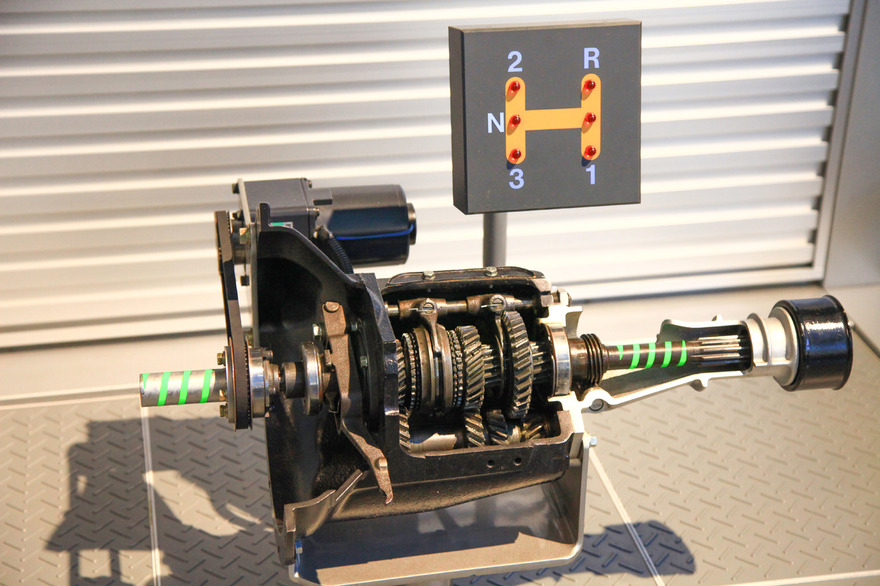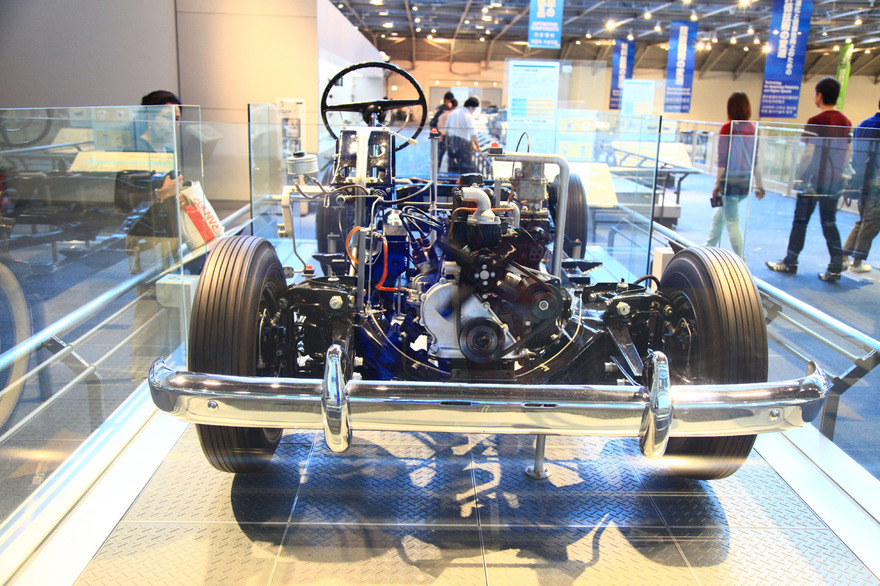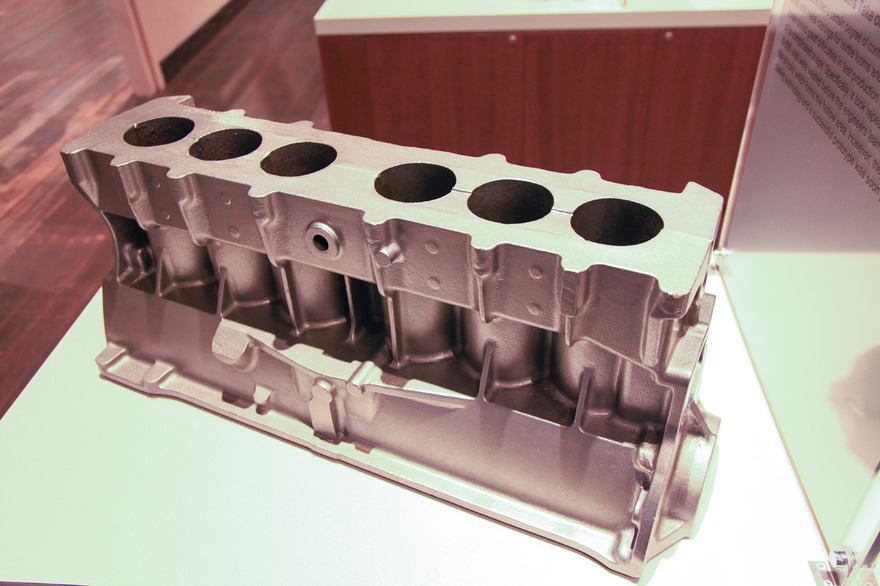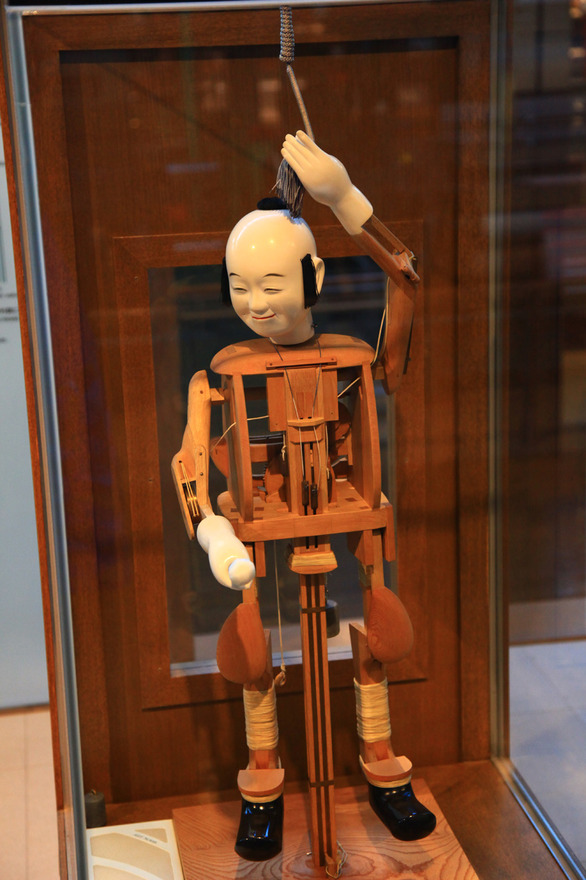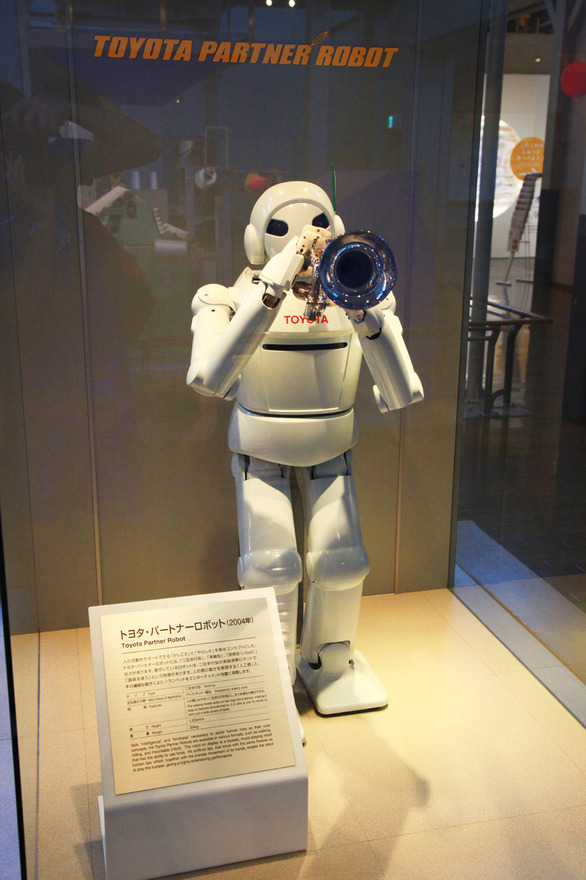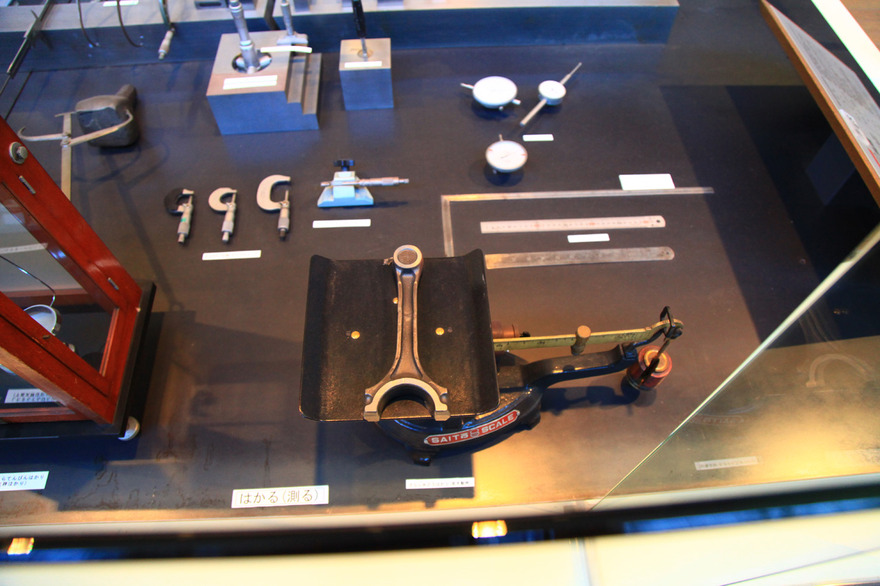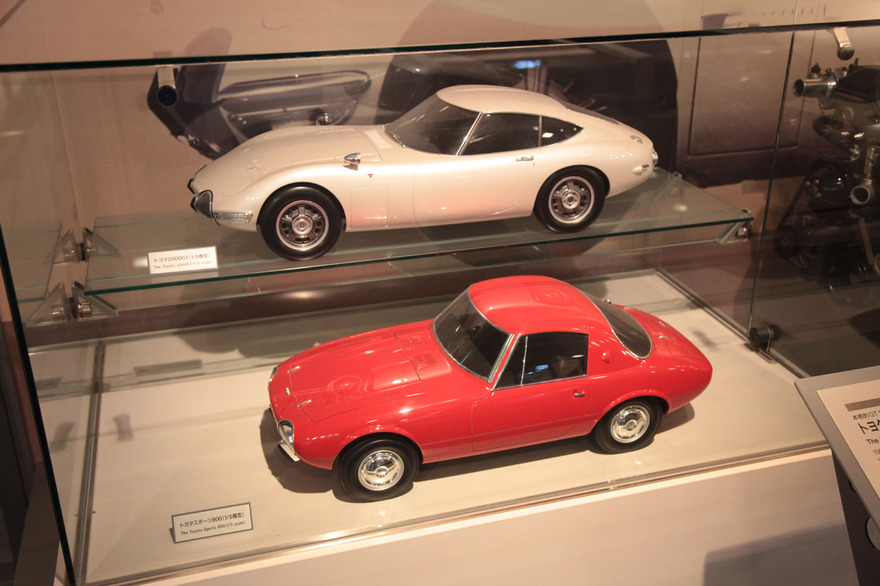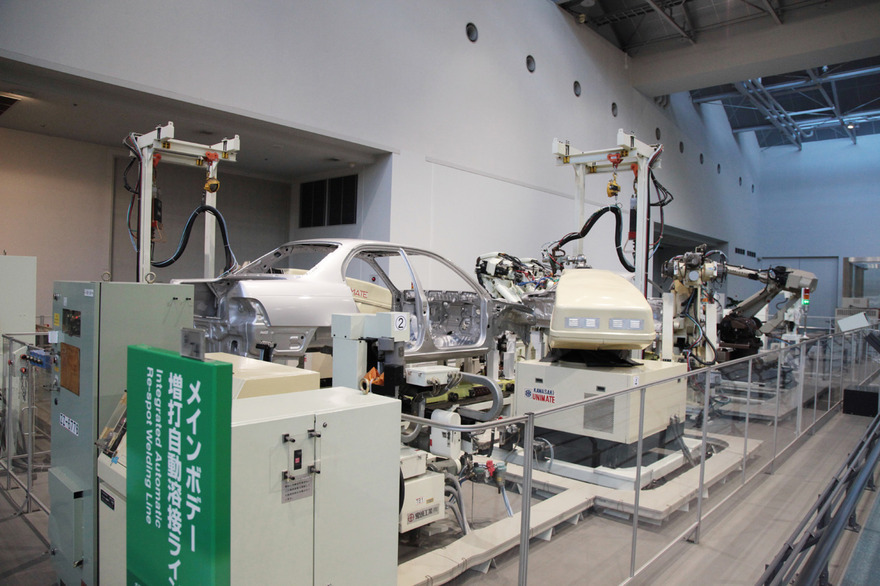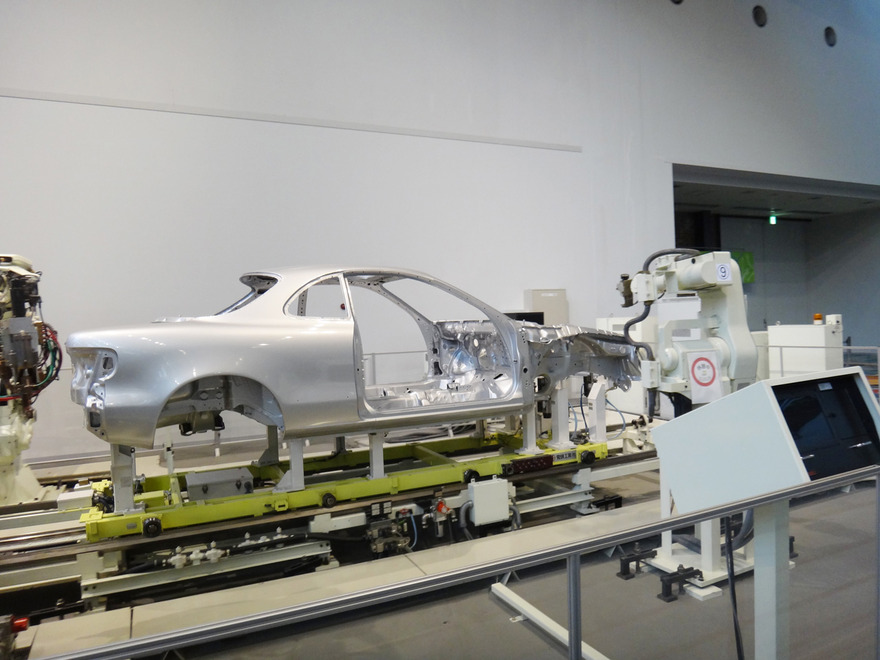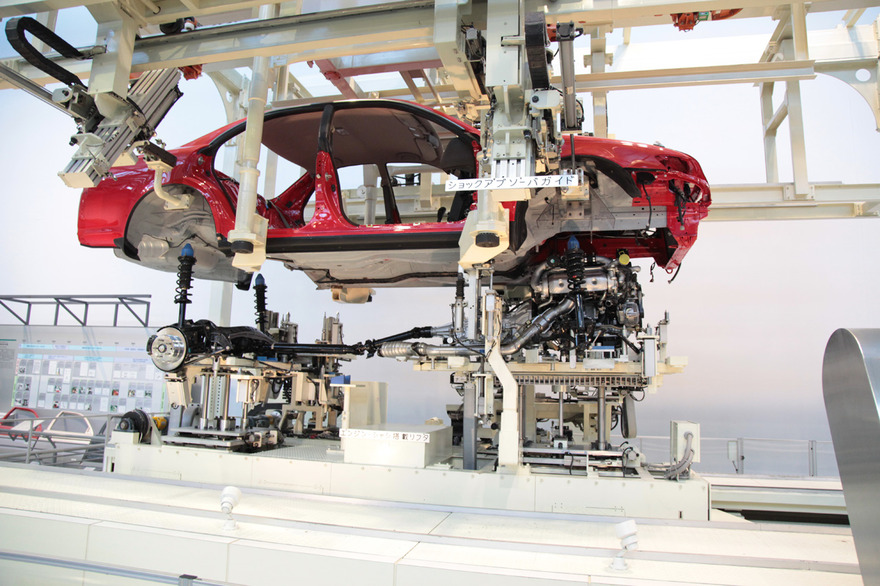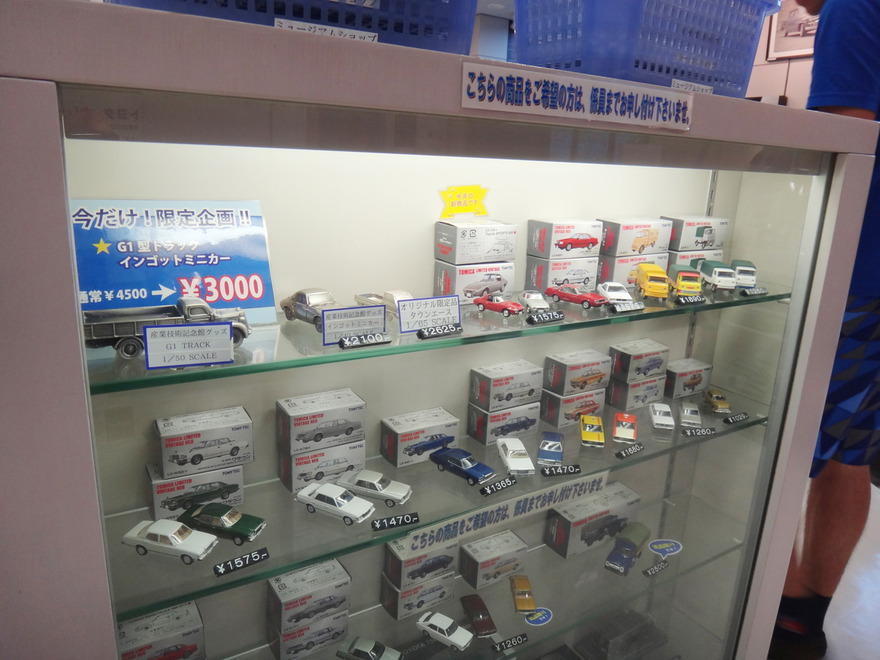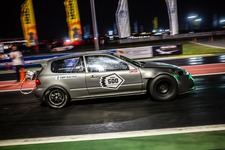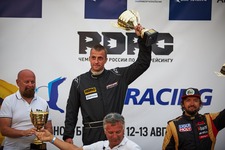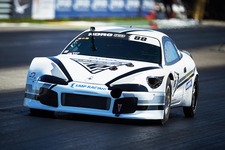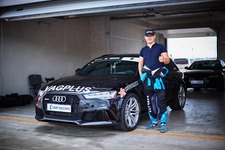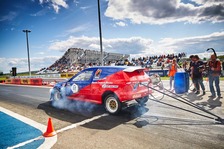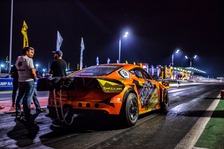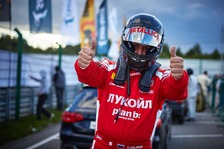«Ohhh, Toyooootaaaa....»
As a child, one of the kindergarten classmates asked me, «What is the fastest car?». Of course, at that time we come to mind only domestic brand cars, and my answer was: «The Seagull!». Of course, if this would have sounded now, it could be partly to recognize this truth, looking at the performance of the Russian Championship drag racing RDRC Riivo Sinijärv of Team Outlaw team car, stylized domestic gas and the ability to race around the quarter mile in the low 8 seconds . «No! Toyota! „- Laughed classmate. „Ohhh, Toyooootaaaa....“, — The letters will forever remain in the memory of 3-year-old child.
Toyota — the largest Japanese automotive corporation also provides financial services. Over the past year its figures for car sales worldwide amounted to 7.49 million units.. This is the best result among all automakers. In addition, the Toyota with the 50-ies of the last century, is the first Japanese automaker to venture into the world of motorsport. The huge success of the company brought victory in the World Rally Championship (1973–1999 biennium), in which she plans to return in 2017. Now Toyota is involved in endurance racing the WEC, the race «24 Hours of Le Mans», the American Nascar series, the Dakar Rally, the Japanese series «Super Formula» and GT3000 series, the Japanese Rally Championship. The company not only acts as road racing, but also takes an active part in promoting motor sports, providing sponsorship for competitions, such as the American phase of the championship drag racing: NHRA Toyota Nationals. And, of course, there are participants in the Toyotas of different modifications (in Russian RDRC series rdrc.ru/pilots/ ). In general, Toyota — everywhere, and even more than it seems at first glance. Now you will understand why.
It so happened that one of the main purposes of our trip to Japan was a stage of «Formula 1» on the track in Suzuka. Naturally, all the rooms in the hotels in the vicinity of the track were sold out immediately after the announcement of the official calendar of F1. Looking for a convenient location and reasonable price for the hotel, the choice fell on the city of Nagoya, away by train you can reach the slopes within an hour. We took up the study of the local attractions, but all the standard tourist spots have dropped out of the list as soon as we learned that the museum is located in Nagoya Toyota Commemorative Museum of Industry and Technology. It was he who became the point number 1 in our plan.
Emblem with three ovals
High-speed train Nozomi super express carried us through the tunnel. Information board was that the speed gradually began to decline. 320, 240, 160, 120 km / h... Shinkansen went out of the darkness and found himself in the city, on the railway line running at a height of 20 meters on the level of ordinary roads. City of Nagoya, which is located in the center of Automobile Museum Toyota, often referred to as the Japanese Detroit. After 10 minutes we had to arrive at the central station, so that the already hard stared around, looking at neighborhoods and building on the map a route to the museum. «So this is!» — He was seen right from the wagon train. It is estimated that the route from the station takes about 15 minutes time, we fuss, since before the museum closes Toyota remained a half hour, and we still need to push the suitcases in the luggage room.
Coming on the main Nagoya station and trying to «attach» the suitcases, we realized that probably do not work. Crowds of tourists are already filled all the train-station storage. Seeing only one empty cell, suitable only for a small suitcase, we decided to try their luck and try to fit a maximum of happiness... And we have found it all! More precisely I found. Waiting until we shove of his belongings inside, a young Japanese woman, who was standing nearby, opened a large box directly under our own and took out my bag, and we both took the vacant space as soon as possible. A fifteen-minute walk at a fast pace passed quickly. And now, when you come to the museum, we saw a strange icon that is different from the usual toyotovskogo.
It was the emblem of the three ovals, the value of which we found out later. Two oval, arranged in parallel in the center symbolize the strong relationship between the customer and Toyota. The combination of these ovals visualizes the letter «T» — the first letter in the «Toyota» word. The space that serves as the background, expresses the idea of the global expansion of Toyota's technology and unlimited potential for the future. Is some kind of a global company puts the customer in your logo?
The museum of the world famous car brand was opened in 1989 in a purpose-built three-story complex on the site of the first gentleman Sakichi Toyoda factory. Once inside, we bought tickets for individual visits and held in the first room. You can not transfer our surprise, but the first thing we saw — it is cotton. Cotton, yarn, hand looms.
Oh yeah, it's a Japanese company, and just like many others, the Toyota started with the production is not quite of the products which are directly associated with the present time. At the beginning of the last century, then spun yarn and cloth made of them and himself, Mr. Toyoda invented and rationalized machines to do everything. This weaving has allowed the company to survive the crisis of the 50s. It all started with a water drive!
Oddly enough, it is enough to drive the spinning machine.
And in the museum presented a valid instance of the machine really turns and spins the thread of raw cotton. A variety of tools presented here very much. A first automatic weaving line and does work in real time.
Interestingly, the company continues to engage in this business and to this day. Even in Russian stores can be found Toyota sewing machine company.
However, the very first machines were purchased abroad, contrary to the Japanese character. And under the guidance of the Emperor, it was decided to start its production. Toyoda Sensei was in the forefront of progressive industrialists. We needed a metal and the ability to handle it, but no one knew how to do it. I had to learn from scratch.
Meanwhile, Kiichiro Toyoda, the eldest son of founder Sakichi Toyoda, has grown, and in 1930 engaged in the automobile industry. First experimented in the garage, creating projects of improvised means, on the knee, using imported key components and assemblies. But the design and automotive body were self-made. So there was one of the most successful pre-war models Toyota: medium-sized family car, whose design was largely «podsmotrena» in «Chrysler» — Toyota Model AA 1936.
Going into the next room, we were shocked again. It turns out that Toyota has been more and roofs. Yes, you heard right. Roofs, namely those on the houses! They differ some special technology that ensures durability and protection against the negative impact of natural phenomena.
The hall dedicated solely cars, we first stumbled on the stand, which reflects the global automotive history, the intertwining with the company Toyota. All of course in Japanese, but the familiar silhouettes of cars still managed to find.
At that time, as we walked to the car room, involuntarily recalled that initially the company was named in honor of the founder — Toyoda, but was renamed to Toyota in 1937. The fact that the word Toyoda literally translated from Japanese as «fertile rice paddies», and associations of agriculture tried to avoid. Another reason is this: to write katakana alphabet Toyoda needed ten strokes, and for the Toyota — a total of eight. But eight — a lucky number.
Further, we note that the museum presents a glimpse of some of the exhibits of military hardware, but a special emphasis on this being done. G1 truck, as well as other trucks, produced for the army — it was the main products of concern during the war years.
See the brush on the sides of the wheels? They were made to protect pedestrians from the spray!
As you know, the war turned to disaster throughout Japan. Toyoda plants were literally destroyed by American bombers. Already then, in exchange for the support of the US, the Japanese have access to resources, of which the island is practically no, and technologies.
C 1950 the company actively deploys a modern automobile, but with the name Toyoda worldwide associated military equipment and weaving machines, so the machine began to produce under the «Toyopet» brand.
Later, when cars became more actively enter the world market and become competitive, funny for English name «Toyopet» was replaced with «Toyota».
Interestingly, many presented in the museum «exhibits» can run in real time by clicking on a button, and see how the example of Toyota suspension fulfills irregularities.
View the work of the CPT.
Or simply explore the structure of the engine and vehicle.
But the grandfather of modern 2JZ.
And here is the bumper of the Toyota Celica.
And you can meet, and the progenitor of today's robots.
And today's robots themselves.
Also in the museum there is a training class on the basics of metal processing — casting, forging, stamping. With pictures, videos, and illustrative examples. Lectures are held every half hour for everyone. Naturally, we could not miss this moment, and, after listening to a short lecture, even able to cast metal, and then punched a small rod with an automatic machine.
Here is presented a rare coupe GT-class Toyota 2000GT 1968 (350 cars were produced over three years). It is on this rode Sean Connery bondiane «You Only Live Twice.»
The idea was born to create a true sports car from Toyota management after the first Japanese «Grand Prix» won three car brands, each in its class. It was a surprise even for the company. Sales went up, and it was decided not to build a sports version of the mass model and a real sports car. Thus began the history of Toyota 2000GT.
Specifications Toyota 2000GT (MF10)
Engine: volume of 1998 cc, 150 hp / 6600 rev / min, torque of 177 Nm / 5,000 rev / min. The curb weight is 1120 kg. Acceleration from 0–100 km / h: 10.1 sec. Max. speed: 215 km / h. ¼ mile: 15.9 sec.
Said today Toyota 2000GT is the title of the most expensive car brand Toyota. Some specimens is estimated at 200 000 dollars.
The next part of the museum demonstrates the old and new production lines.
This production line 30 years old, but everything works perfectly, we are witnessing the robots assembled from pieces of iron body of the car, and then disassembled to show visitors the process as follows.
And here is a welding body without departing from the movement on the conveyor belt.
Anyone can simply pressing a button to start the process of joining the body to the engine and chassis. Or, for example, paint the body of the car. What we certainly did.
We completed our exciting journey through the museum, of course, in the souvenir shop.
Undoubtedly, a visit to this interactive museum has made it clear, and to go through the whole history of Toyota. See the origin and formation of the company, to feel all the enthusiasm and commitment with which Toyota achieved worldwide recognition. Perhaps we should not forget the phrase, saying in 1957, Shotaro Kamiya, who at the time was president of Toyota Motor Sales Company, with these words he inspired his team: «Progress is not achieved if you fear failure.»
Photo: Svetlana Parfyonova

